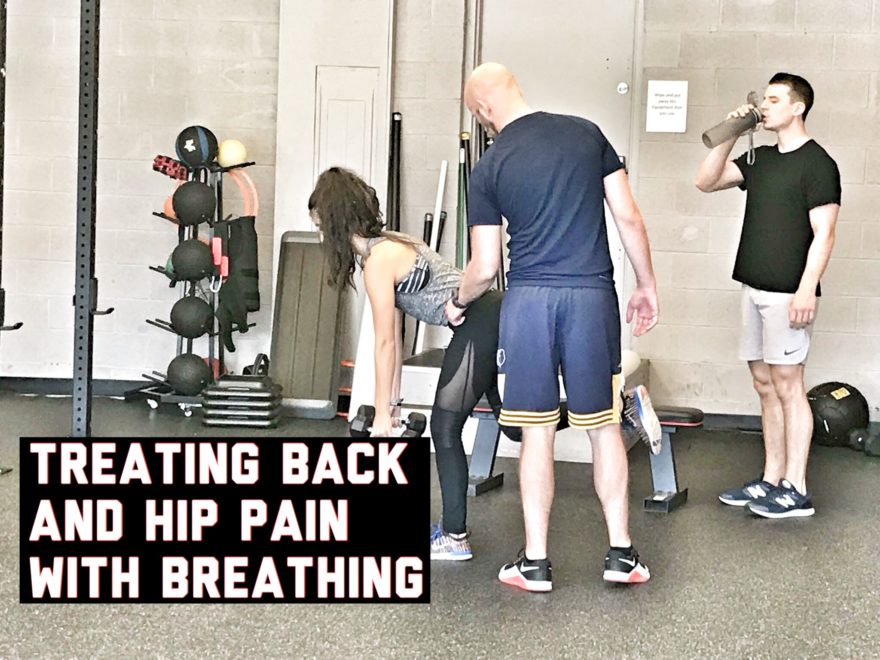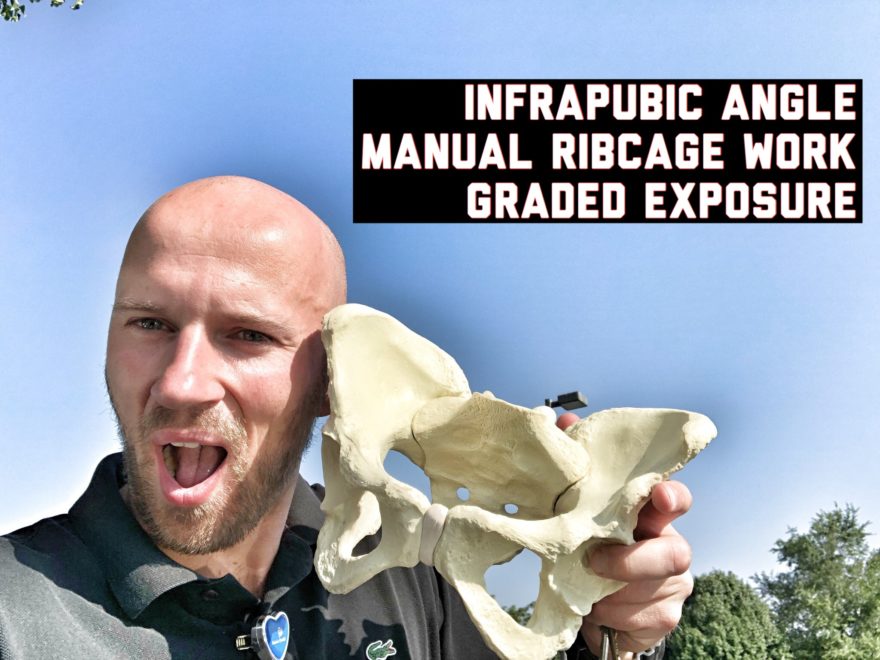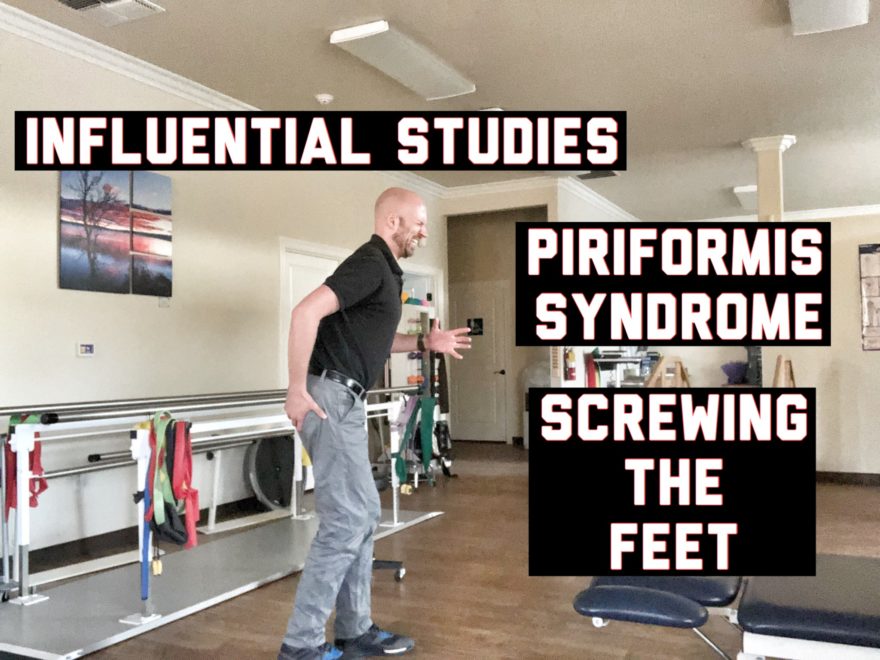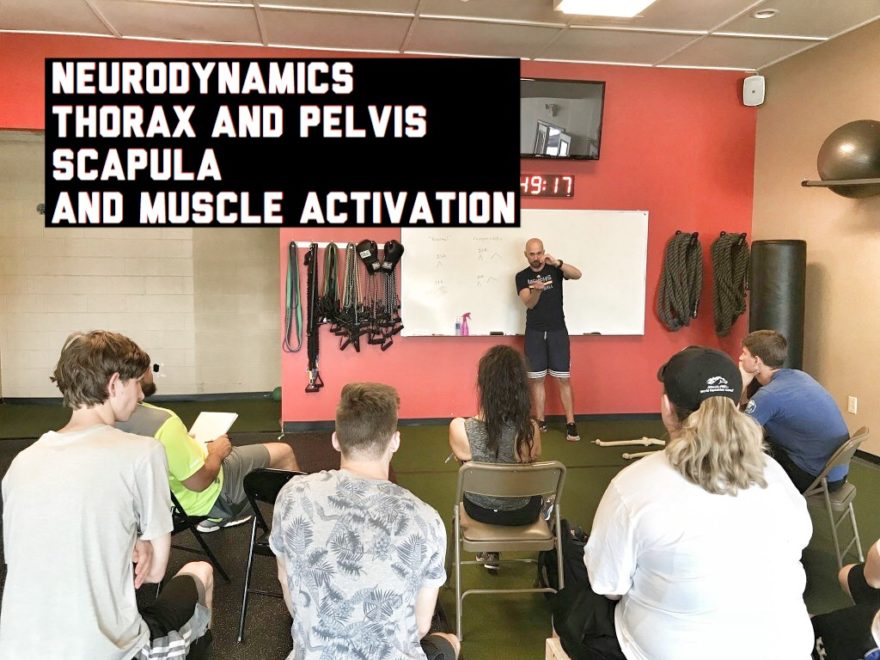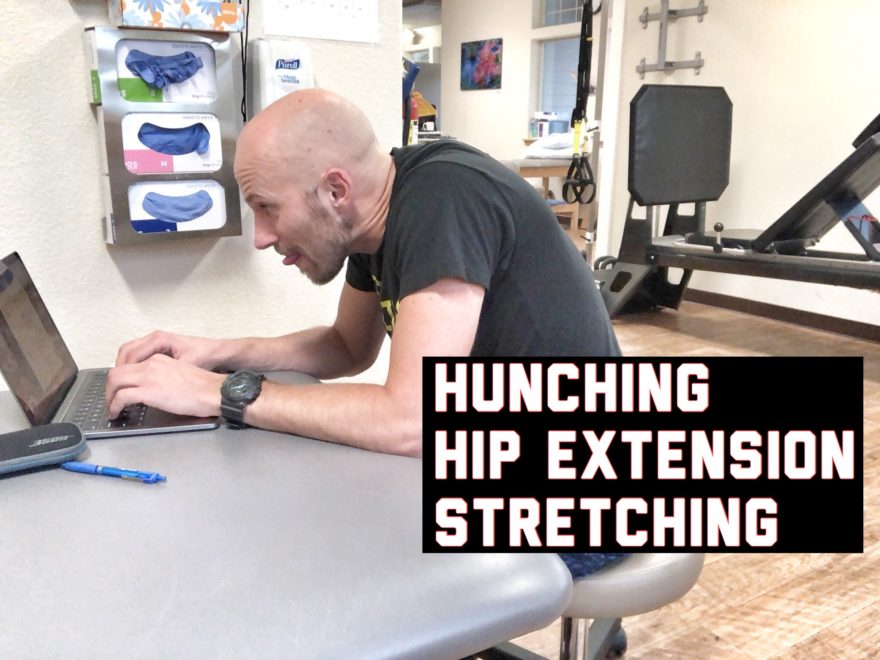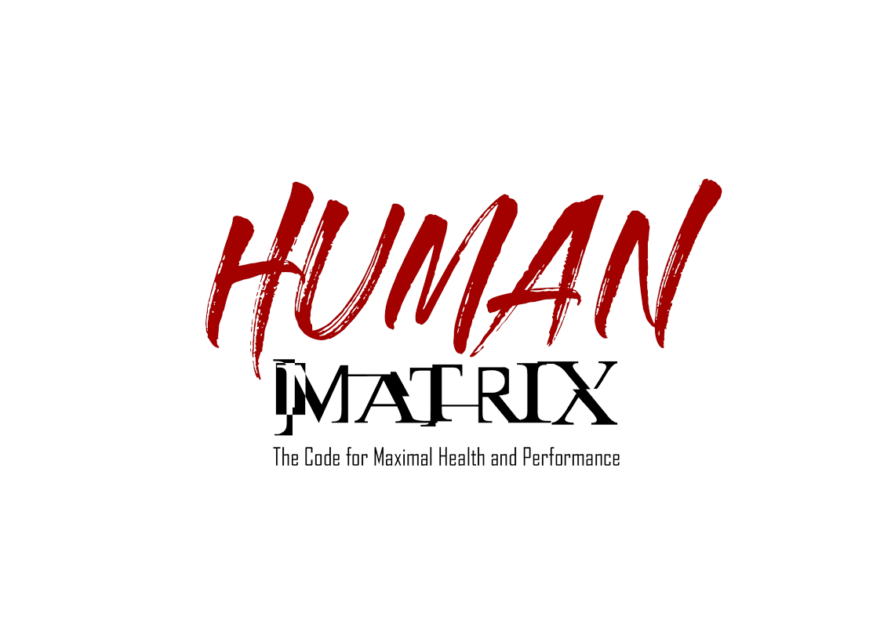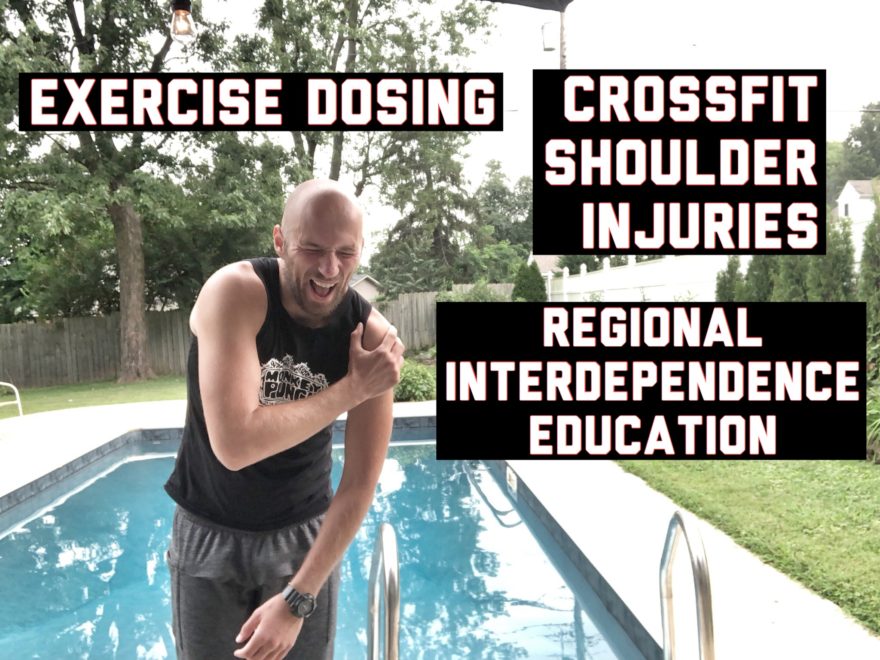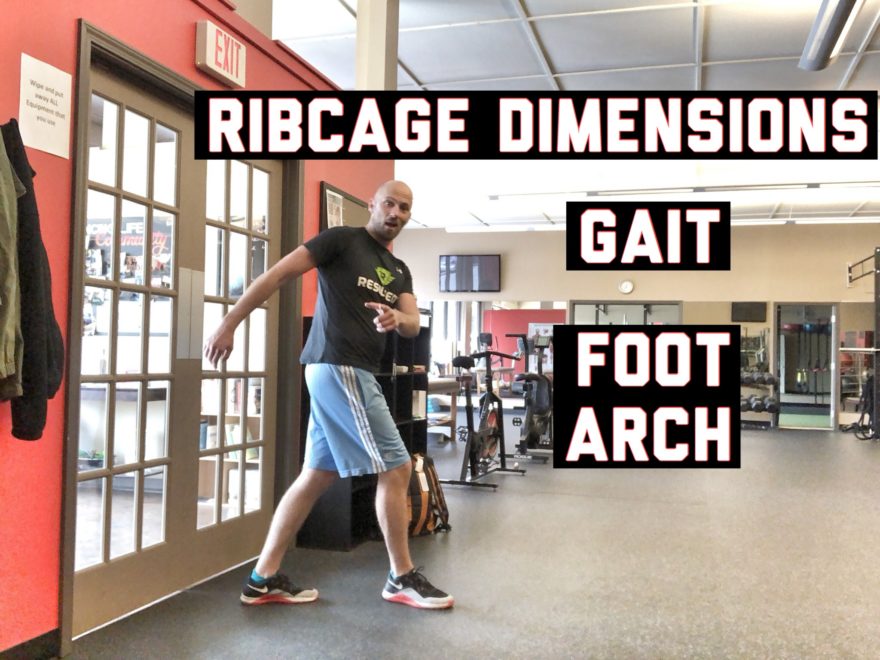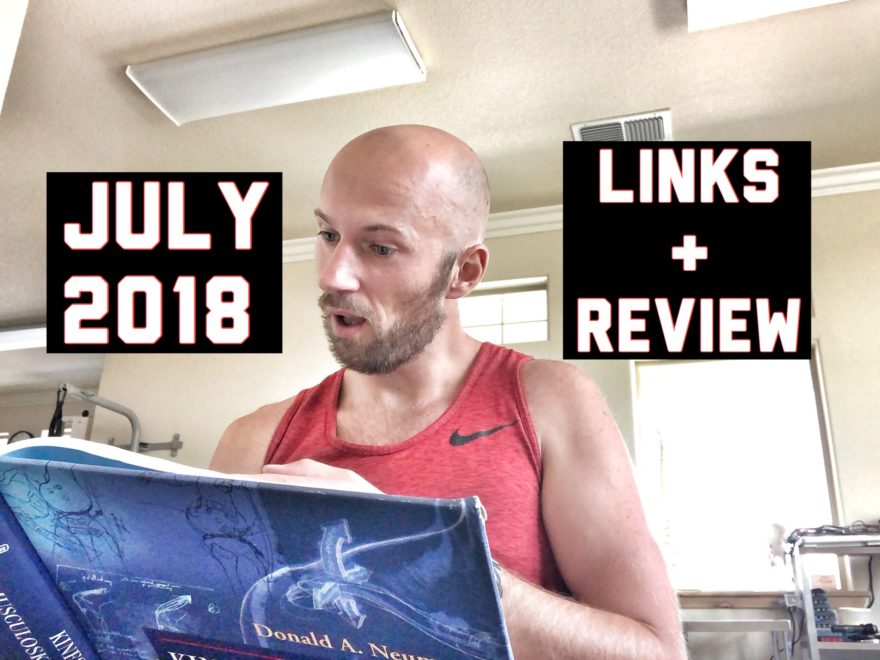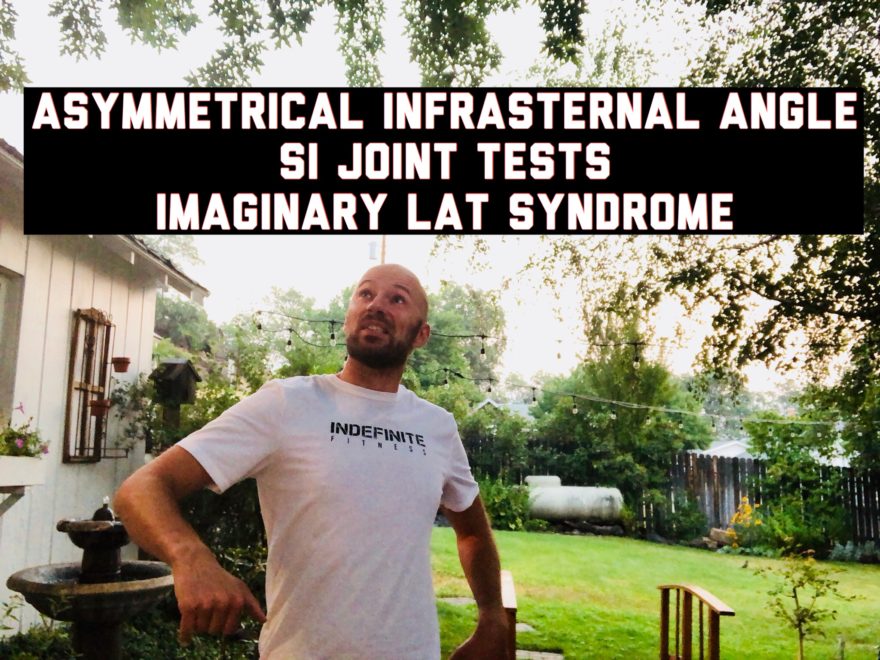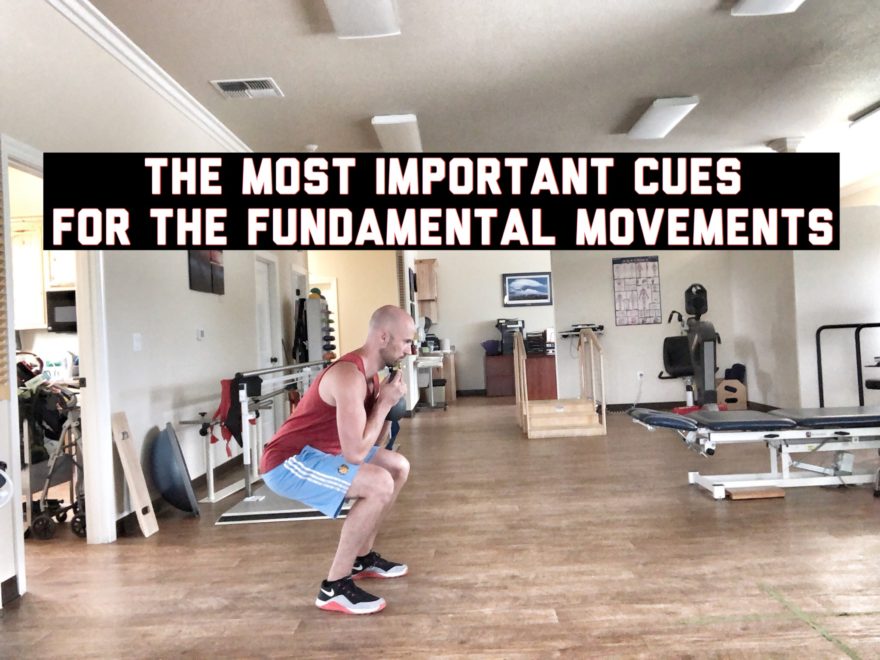Ever have someone who hurts multiple areas, and you are unsure where to start? What if I told you that if you have a systematic approach, these people can be helped in a much easier manner than you’d think. But what if your assessment isn’t where you want it to be? Sounds like a problem, fam. Until now. Today you’ll see me assess a woman with back and hip pain, and I go through my entire assessment, outline my thought process throughout, and show how I coach this woman out of compensatory activities within her exercises. All of these are skills that I will be teaching the fam who are attending Human Matrix: The Code for Maximal Health and Performance. If you want to attend, there are still some sign-ups available for my courses this year: Seattle, WA – September 15-16 Kansas City, MO – October 27-28 Portland, OR – November 10-11 Some of the cool things you will learn in this case study include Why hip rotation is not an immediate decision-maker for exercises How to assess joint laxity so clients don’t fool your assessment Why is the infrasternal angle important for treatment selection How to cue clients out of compensation to enhance exercise effectiveness Why we should we see immediate changes after exercise selection My favorite manual technique for improving narrow infrasternal angles, which can enhance your client’s overall mobility How does the infrasternal angle relate to the infrapubic angle and more Enjoy the video and selected notes
Read More